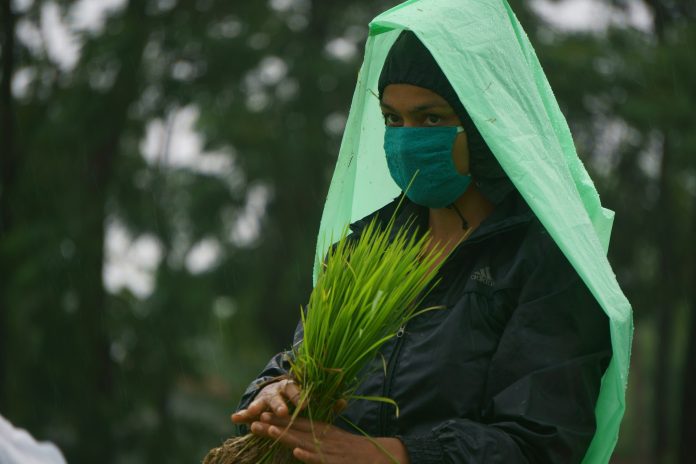Nepal, which shares a long border with hard-hit India, is experiencing a meteoric rise in COVID-19 cases and facing an oxygen shortage
Currently, the COVID positivity rate in Nepal is 47%. This is one of the highest in the world.
On Monday, Nepal documented a further 8,777 cases. The total is now 394,667 cases, starkly high for a population of 29,580,750.
Dr Roshan Pokharel, chief specialist at the Health Ministry of Nepal, said: “We are in a very dire situation right now. We are running out of oxygen supplies. Our oxygen plants are not working properly.
“The number of cases is increasing rapidly, and the age group of patients is quite young.”
According to The Lancet, the “vast, porous border with India” meant that it became “impossible” for Nepal to monitor an influx of COVID. The Indian variant has been labelled as a concern by Public Health England, meaning that it could be much more infectious than a previous form of the virus. Sajog Kansakar, at the Manipal College of Medical Sciences in Nepal, further explained: “By the end of April, 2020, Nepalese authorities began bringing the migrant workers home, but made a 2-week institutional quarantine mandatory for the thousands of returnees.”
However, the quarantine was hard to enforce in conditions of intergenerational living and poverty, that forced workers to continue seeking a wage while living with several others. These numbers are thought to be far below the actual reality of hospitalisations and deaths, as there are not enough testing centres to keep track of Nepal’s COVID cases.
Oxygen is the crucial priority
Right now, medical supplies that can alleviate COVID like Remdesivir are also in short supply. Vaccination will take too long to avert the Nepalese second wave, with less than 10% of the population currently vaccinated with one dose. This group are still waiting to get their second dose, but supplies are still unavailable.
The prime minister, K.P. Sharma Oli, has repeatedly recommended herbal remedies that do not work, e.g. guava leaves, as a way to stop the virus.
“Nepal’s under-resourced public health system is strained beyond capacity,” said Meenakshi Ganguly, South Asia director.
Vaccine scarcity in South Asia
Right now, vaccines are also urgently needed in Nepal. However, the Indian government halted their exports in the wake of their own crisis, leaving Nepal with money to spend on vaccines and no way to access any.
Nepal is voting with the India-South Africa TRIPS waiver, which would enable poorer countries to access the vaccine and other medical supplies without breaking an intellectual property law that allows pharmaceutical companies to sue them.
Rachel Thrasher, Global Development Policy Center, explains the urgency of the TRIPS amendment. She writes: “Initial predictions for vaccine rollout all over the world have proven optimistic at best and current projections suggest that many will have to wait at least three, and up to seven, years for substantial global immunity through vaccines, leaving low-income countries hopelessly behind.”
However, the UK, EU, Australia and several other key countries remain opposed to the pandemic-based move.
In the meantime, Nepal is bracing for impact.











